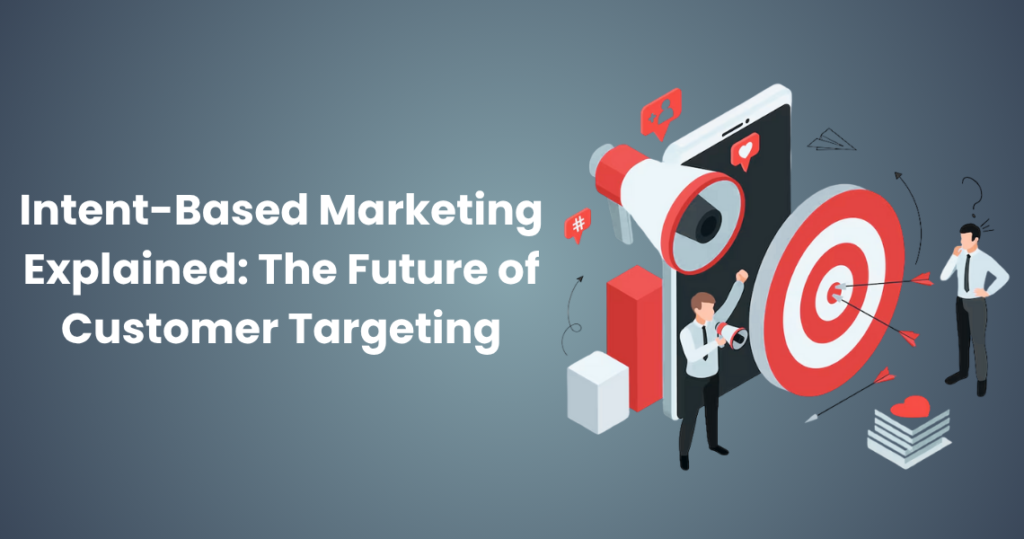
What Is BANT and Why Does It Matter?
BANT is a lead qualification methodology designed to evaluate whether a prospect is ready, willing, and able to purchase.
- Budget: Does the prospect have the financial resources for your solution?
- Authority: Is the prospect a decision-maker or influencer in the purchasing process?
- Need: Does your solution address a pressing problem or opportunity for the prospect?
- Timing: Is the prospect ready to make a purchase decision within a reasonable timeframe?
By applying BANT, businesses can prioritize high-potential leads, improving efficiency and increasing the likelihood of conversion.
How BANT Impacts Lead Conversion Rates
- Improved Sales Focus:
BANT filters out unqualified leads, allowing sales teams to spend more time engaging prospects who are genuinely interested and capable of making a purchase. This targeted approach results in higher conversion rates. - Shortened Sales Cycles:
When leads meet all BANT criteria, they are often further along in the buyer’s journey. This readiness accelerates the sales process, reducing the time it takes to close deals. - Enhanced ROI:
By focusing on high-quality leads, businesses can reduce wasted resources and improve the ROI of their marketing and sales efforts. - Better Forecasting:
Leads qualified through BANT are more predictable in their behavior, enabling accurate sales forecasts and improved pipeline management.
Measuring the Impact of BANT on Conversion Rates
To calculate BANT’s effectiveness, compare conversion metrics between leads qualified with BANT and those without. Key performance indicators (KPIs) include:
- Lead-to-Opportunity Conversion Rate:
Measure the percentage of BANT-qualified leads that progress to the opportunity stage.Formula:
(Number of opportunities from BANT-qualified leads / Total BANT-qualified leads) × 100 - Opportunity-to-Close Rate:
Assess how many BANT-qualified opportunities result in closed deals.Formula:
(Number of closed deals from BANT-qualified opportunities / Total BANT-qualified opportunities) × 100 - Average Deal Value:
Evaluate whether BANT-qualified leads contribute to higher-value deals compared to unqualified leads. - Sales Cycle Length:
Compare the time taken to close deals for BANT-qualified leads versus other leads.
Maximizing BANT’s Effectiveness
- Automate Lead Scoring: Use CRM tools to assign scores based on BANT criteria, ensuring consistent and efficient qualification.
- Train Sales Teams: Equip your team with strategies to uncover Budget, Authority, Need, and Timing during prospect interactions.
- Refine Your ICP: BANT works best when aligned with a well-defined Ideal Customer Profile (ICP).
Conclusion
BANT is a proven framework for improving lead conversion rates by ensuring sales teams focus on qualified, high-potential prospects. Measuring its impact through KPIs like lead-to-opportunity conversion rates and sales cycle length can provide actionable insights for optimization. By adopting BANT strategically, businesses can drive efficiency, close more deals, and enhance overall sales performance.







